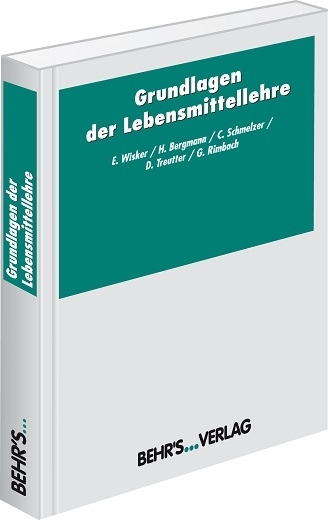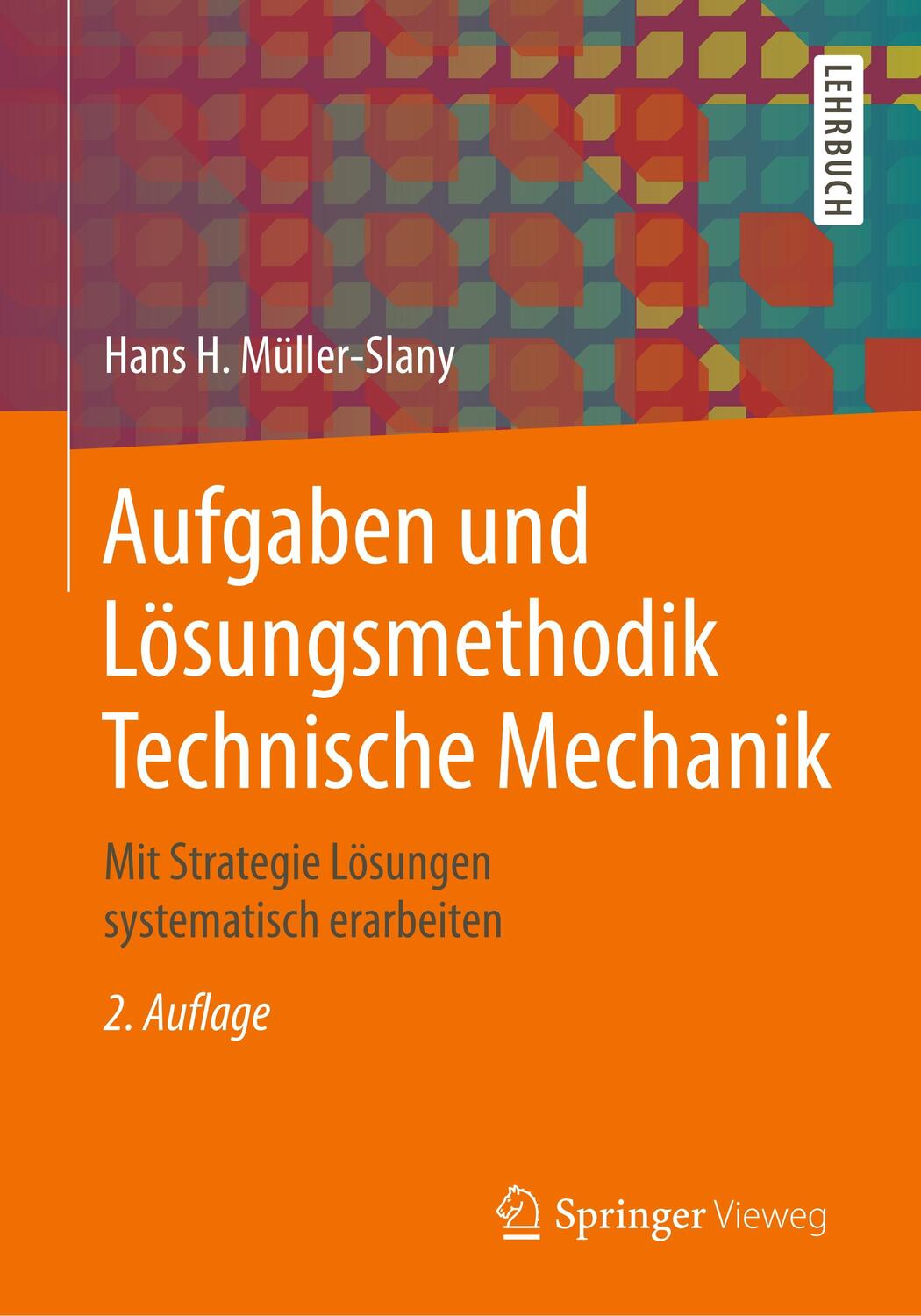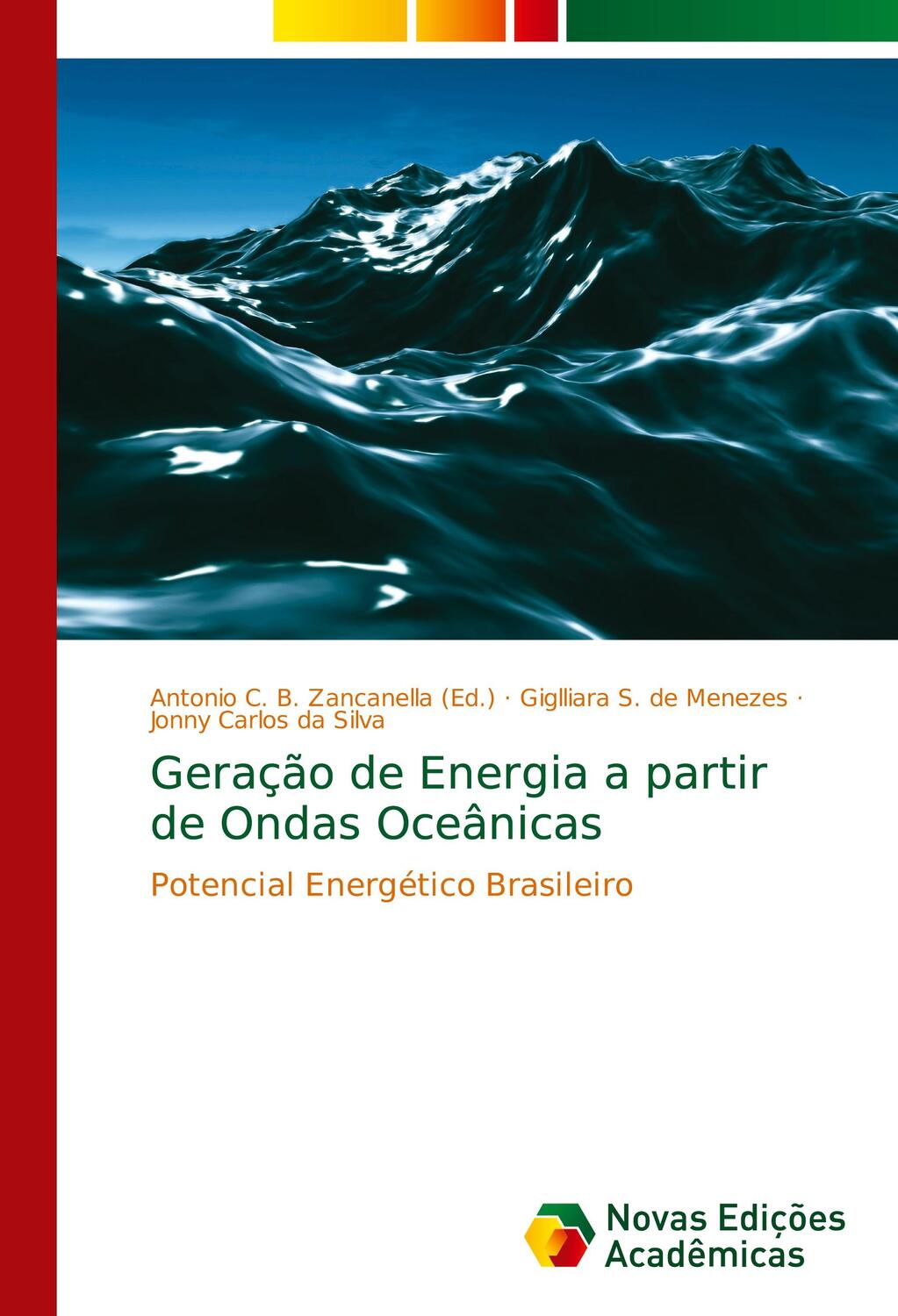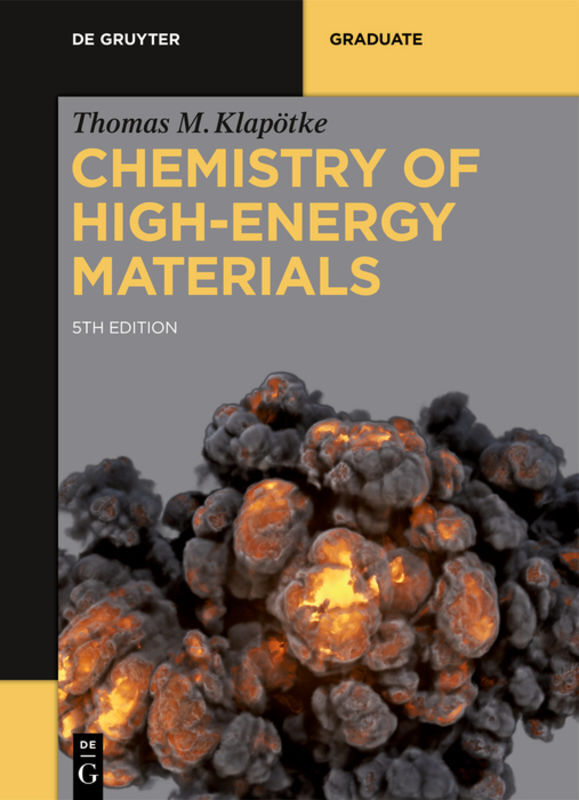320,99 €*
Versandkostenfrei per Post / DHL
Aktuell nicht verfügbar
Highest Impact Factor of all publications ranked by ISI within Polymer Science
Short and concise reports on physics and chemistry of polymers, each written by the world renowned experts
Still valid and useful after 5 or 10 years
The electronic version is available free of charge for standing order customers at: [...]
Includes supplementary material: [...]
| Erscheinungsjahr: | 2012 |
|---|---|
| Fachbereich: | Fertigungstechnik |
| Genre: | Technik |
| Rubrik: | Naturwissenschaften & Technik |
| Medium: | Taschenbuch |
| Seiten: | 344 |
| Reihe: | Advances in Polymer Science |
| Inhalt: |
xiv
330 S. 128 s/w Illustr. 50 farbige Illustr. 330 p. 178 illus. 50 illus. in color. |
| ISBN-13: | 9783642261428 |
| ISBN-10: | 3642261426 |
| Sprache: | Englisch |
| Ausstattung / Beilage: | Paperback |
| Einband: | Kartoniert / Broschiert |
| Redaktion: |
Grasser, Tibor
Meller, Gregor |
| Herausgeber: | Gregor Meller/Tibor Grasser |
| Auflage: | 2010 |
| Hersteller: |
Springer Berlin
Springer Berlin Heidelberg Advances in Polymer Science |
| Maße: | 235 x 155 x 19 mm |
| Von/Mit: | Tibor Grasser (u. a.) |
| Erscheinungsdatum: | 14.03.2012 |
| Gewicht: | 0,522 kg |
Highest Impact Factor of all publications ranked by ISI within Polymer Science
Short and concise reports on physics and chemistry of polymers, each written by the world renowned experts
Still valid and useful after 5 or 10 years
The electronic version is available free of charge for standing order customers at: [...]
Includes supplementary material: [...]
| Erscheinungsjahr: | 2012 |
|---|---|
| Fachbereich: | Fertigungstechnik |
| Genre: | Technik |
| Rubrik: | Naturwissenschaften & Technik |
| Medium: | Taschenbuch |
| Seiten: | 344 |
| Reihe: | Advances in Polymer Science |
| Inhalt: |
xiv
330 S. 128 s/w Illustr. 50 farbige Illustr. 330 p. 178 illus. 50 illus. in color. |
| ISBN-13: | 9783642261428 |
| ISBN-10: | 3642261426 |
| Sprache: | Englisch |
| Ausstattung / Beilage: | Paperback |
| Einband: | Kartoniert / Broschiert |
| Redaktion: |
Grasser, Tibor
Meller, Gregor |
| Herausgeber: | Gregor Meller/Tibor Grasser |
| Auflage: | 2010 |
| Hersteller: |
Springer Berlin
Springer Berlin Heidelberg Advances in Polymer Science |
| Maße: | 235 x 155 x 19 mm |
| Von/Mit: | Tibor Grasser (u. a.) |
| Erscheinungsdatum: | 14.03.2012 |
| Gewicht: | 0,522 kg |








